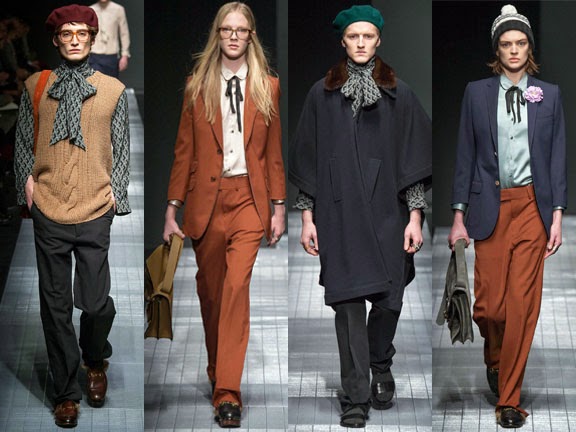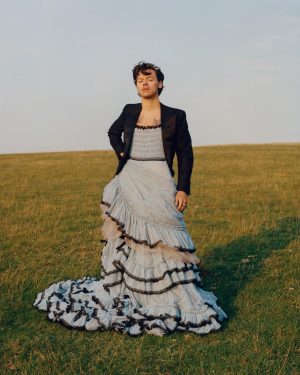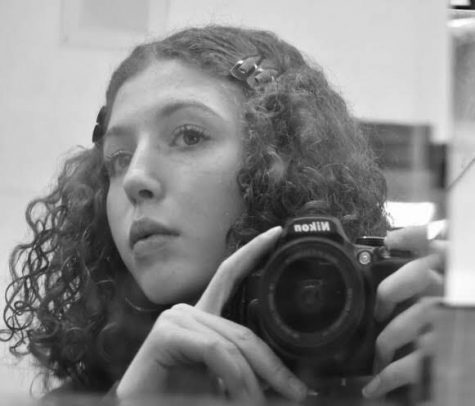Blurring the Categorization of Gender in the Fashion Industry

January 22, 2021
In the midst of society redefining gender, clothing brands too have begun to defy gender constructs in order to appeal to a new market with gender neutral apparel. At the intersection of feminine and masculine clothing, these upcoming labels aim to create clothing that is free of limitation—so consumers can now dress without gender boundaries. As mainstream brands make room for new voices and new forms of expression, celebrities such as Harry Styles, Janelle Monáe, and Jaden Smith wear outfits that reject gender norms. Styles’s flamboyant display of femininity in his controversial Vogue cover infuriated many who don’t agree with his fluid perception of gender. However hotly debated this movement towards agender apparel is, its impact towards American teenagers creating androgynous apparel on virtual shopping platforms is undeniable.
“Unisex” is perhaps now the most used word in the fashion industry, one that calls for inclusivity and diversity. Major fashion houses have broadened the spectrum of “beauty” through hiring models with indistinguishable gender. As prominent designers take steps to blur the lines of gender, fast fashion brands such as Zara and Selfridges also adapt to the evolving desires of Generation Z. By bringing extended sizing, sustainability, gender fluidity, accessibility, and disabilities to the forefront of the fashion industry’s agenda, brands are now conscious and mindful of the real American. Up and coming designers no longer cater to the ideal of beauty once pictured in magazines and media with extremely slender figures. This idealized vision of women neglects the mass majority of American women who fit into a size 16. Brands that continue projecting unattainable standards and outdated notions of beauty have been replaced by innovative labels beginning to fill the void for inclusive clothing.
However progressive this movement is, many brands fail to successfully deviate from the status quo. Retailers and brands still categorize websites and stores according to two genders: female and male. In addition, most agender designs tend to be more masculine with shapeless and baggy silhouettes in dark hues. Agender apparel in a sense is undefinable in what it is and what it can be. This confusing middle ground combining aspects of femininity and masculinity gives designers creative freedom to break all rules, but in most agender apparel collections, traditionally feminine colors such as pink are rarely used. Rather than straying away from these vibrant colors, designers need to harness this ambiguity and lack of boundaries to pioneer this developing platform of gender neutral apparel. Perhaps designers can use the feminine form or typical female garments to tell a different narrative of a society willing to embrace the freedom of crossing the fine line of gender division.
The first step to creating this industry for uninhibited self-expression is inclusive language. Understanding the difference between gender identity, what gender one identifies themselves as, and gender expression of how one dresses to express themselves is crucial to grasping Generation Z’s desire for non-binary language. Younger demographics are rejecting the narrow margins of binary gender and are instead driven by what they like, rather than a product’s gender categorization.
The fashion industry is a catalyst for change by accelerating the acceptance of gender fluidity. Now, individuals once unable to find clothes that mirror their sense of self can embrace their identity. Whether people identity as non-binary or want to shop outside of their assigned gender, the shift towards fashion and expression without barriers exemplifies the emerging inclusive mentality. Designers must step into the unknown and expand a once confining and exclusive industry to create a wardrobe that matches the ideals of Generation Z.


















































































































































